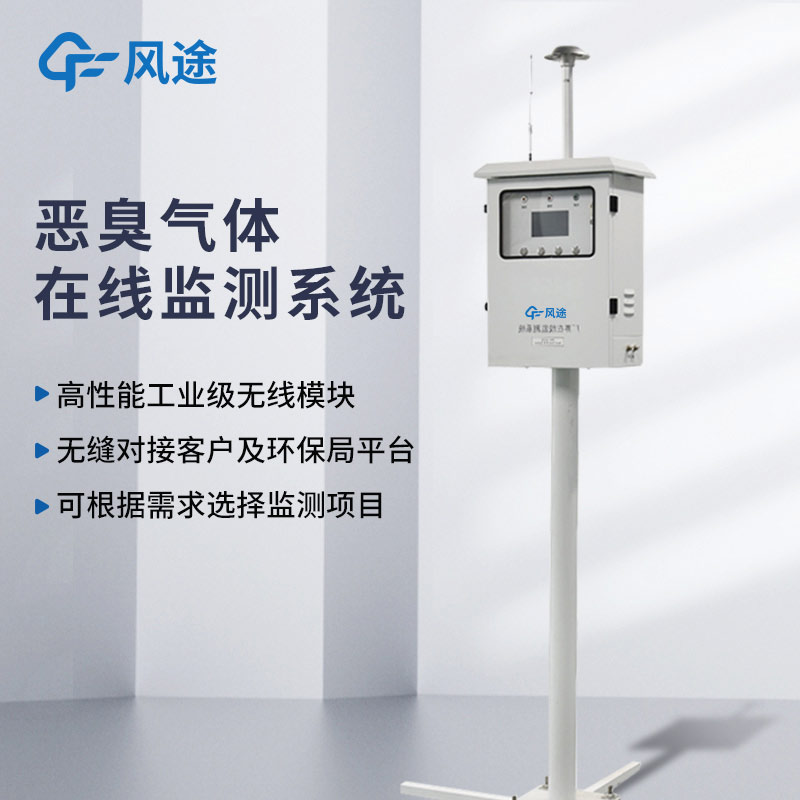Meteorological environment monitoring equipment supplier
Insist on doing high-precision customer favorite technology products
In the production process of the breeding and livestock industry, a large amount of odorous gases containing hydrogen sulfide, ammonia, volatile organic compounds and other components are generated. These gases not only cause serious pollution to the air quality of the surrounding environment, affecting the normal life of residents, but also may have adverse effects on the healthy growth of farmed animals, and even trigger environmental pollution disputes. Therefore, it is very important to effectively monitor and control the sources of odorous gas pollution in the breeding and livestock industry, and the Odor Gas Online Monitoring System is exactly the key technical means to achieve this goal.
The Odor Gas Online Monitoring System is mainly composed of a sampling device, a gas preprocessing system, a detection and analysis unit, a data transmission module, and a data management platform. The workflow is closely connected to ensure real-time and accurate monitoring of odorous gases.
The sampling device is responsible for collecting gas samples from key pollution source points such as breeding houses and manure treatment areas. To ensure that the collected samples are representative, the setting of sampling points is scientifically planned according to the layout, scale of the farm and the diffusion law of odorous gases. They are usually distributed in areas where odorous gases are generated in high concentrations and have a wide diffusion range.
The collected gas samples enter the gas preprocessing system. Since the gas in the breeding environment often contains impurities such as water vapor, dust, and grease, if these impurities directly enter the detection and analysis unit, they will affect the accuracy of the detection results and even damage the instruments and equipment. The preprocessing system removes interfering components from the gas through a series of processes such as filtration, drying, and impurity removal, and delivers the clean gas samples to the detection and analysis unit.
The detection and analysis unit is the core part of the system. It uses high-precision gas sensors or analytical instruments to conduct real-time detection of the concentrations of various odorous pollutants in the preprocessed gas samples. Different detection technologies are suitable for different pollutants. For example, electrochemical sensors can be used to detect gases such as hydrogen sulfide and ammonia, while photoionization detectors are suitable for detecting volatile organic compounds. The detected data is transmitted to the data transmission module in real time.
The data transmission module sends the detected odorous gas concentration data to the data management platform through wired or wireless communication methods. The data management platform stores, analyzes and processes the received data. Staff can view the changes in odorous gas concentrations at various monitoring points in real time through the platform. When the monitored concentration of odorous gas at a certain point exceeds the preset threshold, the system will automatically send an alarm signal, reminding relevant personnel to take control measures in a timely manner, such as strengthening ventilation and adjusting manure treatment processes, thereby realizing precise monitoring and effective control of odorous gas pollution sources in the breeding and livestock industry.
In conclusion, the Odor Gas Online Monitoring System provides reliable technical support for the control of odorous pollution in the breeding and livestock industry through scientific sampling, accurate detection and efficient data management, helping the industry achieve green and sustainable development.
